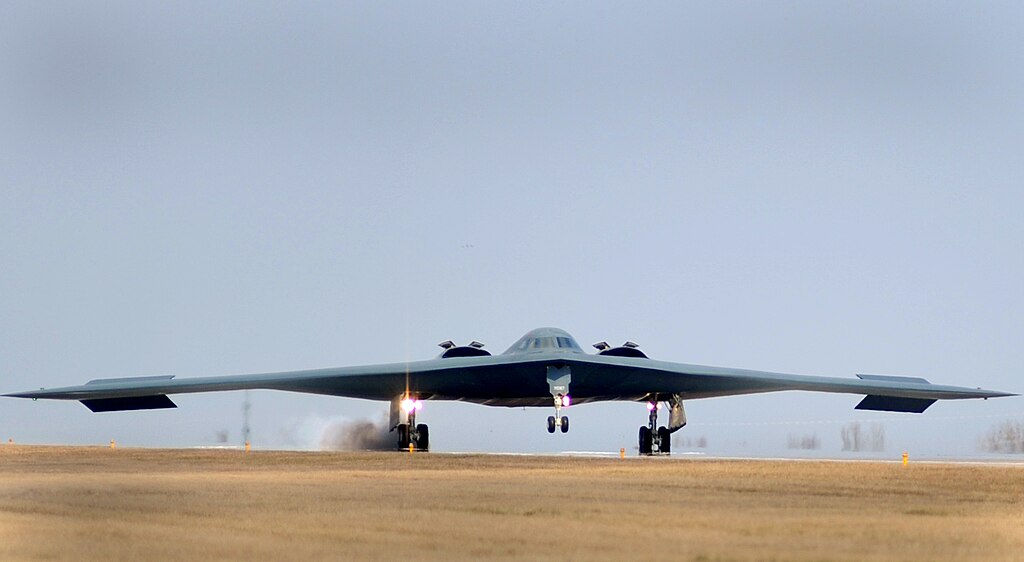
(Scypre.com) – The head of the United Nations’ International Atomic Energy Agency (IAEA), Rafael Grossi, confirmed today that Iran’s nuclear program suffered “enormous damage” from a series of U.S. airstrikes authorized under the Trump administration. Speaking to French radio, Grossi acknowledged that while Iran’s nuclear capabilities were not “annihilated,” the impact was “very, very, very considerable.” These remarks mark the first official international verification of the damage caused by the June 21 coordinated strikes, which targeted Iran’s key nuclear facilities at Natanz, Fordow, and Isfahan.
Codenamed “Operation Midnight Hammer,” the strikes were carried out by a fleet of B‑2 stealth bombers equipped with 30,000-pound bunker-busting munitions. Defense officials said the operation was carefully planned to destroy enrichment infrastructure without triggering a wider war. Initial post-strike assessments from U.S. intelligence agencies suggested a major short-term setback, though internal disagreements remain. While the CIA believes Iran’s program could be crippled for years, the Defense Intelligence Agency estimates the delay may last only several months due to Iran’s technical resilience and knowledge retention.
Iran has issued conflicting narratives. Supreme Leader Ayatollah Ali Khamenei downplayed the impact, calling the strikes a “failed attempt” and highlighting retaliatory missile attacks on U.S. assets in Qatar. However, Foreign Minister Abbas Araghchi contradicted that claim, acknowledging “serious damage” and hinting that the country’s nuclear diplomacy strategy is being re-evaluated. Iran has since suspended full cooperation with the IAEA, which may complicate international monitoring going forward.
Globally, reactions have been mixed. Former U.S. Secretary of State Condoleezza Rice defended the strikes, calling them a “shot in the arm” for American deterrence. In contrast, European officials expressed concern that the operation undermines fragile diplomatic channels meant to revive nuclear talks. Analysts remain divided over the long-term implications. Some warn that while equipment can be destroyed, Iran’s scientific knowledge base cannot, suggesting that future efforts to rebuild the program may proceed covertly.
As the IAEA pushes for renewed inspections and verification access, much of the world watches to see whether Iran will return to the negotiating table or pursue a hardened nuclear stance. The coming weeks are expected to define not only the pace of Iran’s nuclear recovery but also the direction of international diplomacy in the region.